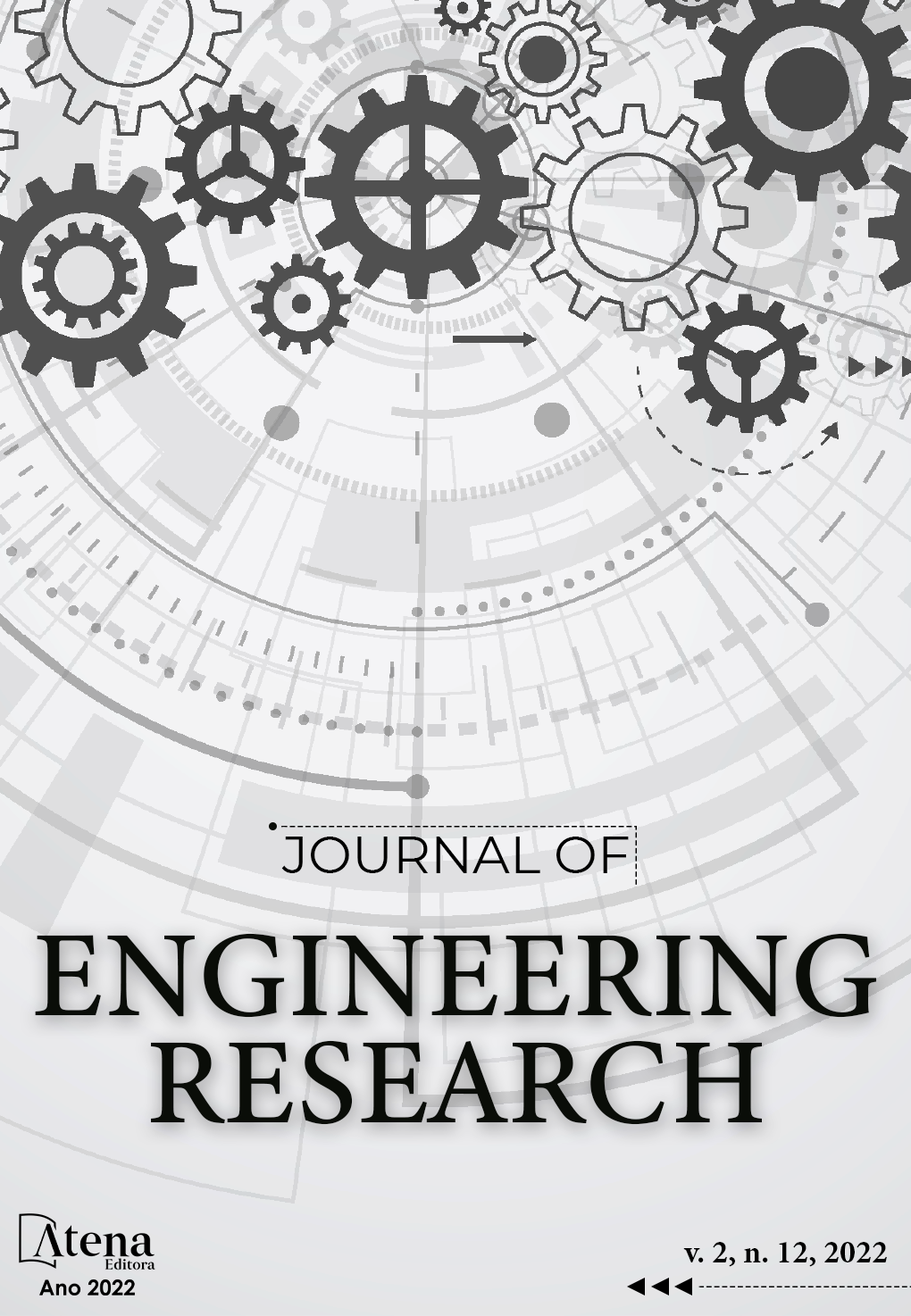
Biogeochemistry, Geobotany and Conservation of Mangrove Forests from the Tinharé-Boipeba Environmental Protection Area, Baixo Sul da Bahia (BR): trace metals in leaves of Rhizophora mangle L. (Rhizophoraceae)
This research aimed to investigate the quality of coastal surface waters and the levels of trace metals in the leaves of Rhizophora mangle L. in the Tinharé-Boipeba APA , Baixo Sul da Bahia, Brazil. The physical-chemical variables were measured in situ with the aid of a multiparameter probe and samples of Rhizophora leaves were collected at 10 sampling points for biometric, visual diagnosis and trace metal analysis (F-AAS). The results of the OD analyzes revealed changes in water quality (70% of the sampling points), associated with forms of land occupation and failures in environmental sanitation. Cluster analysis allowed the classification of samples into biogeochemical groups, according to trace element content and leaf biometry. This multivariate analysis suggested that the variation in leaf area can be explained, in part, by the levels of Cu and Zn, in addition to other ecological-environmental factors different from those investigated. The levels of trace metals in the leaves were considered normal and non-toxic and the levels of trace metals in the sediments of this APA did not characterize a polluted area , however water pollution demands coastal management, improvements in sanitation and environmental monitoring, and biomonitoring.
Biogeochemistry, Geobotany and Conservation of Mangrove Forests from the Tinharé-Boipeba Environmental Protection Area, Baixo Sul da Bahia (BR): trace metals in leaves of Rhizophora mangle L. (Rhizophoraceae)
-
DOI: 10.22533/at.ed.3172122230063
-
Palavras-chave: Geosciences, Coastal Ecosystems, Sanitation, Trace Metals.
-
Keywords: Geosciences, Coastal Ecosystems, Sanitation, Trace Metals.
-
Abstract:
This research aimed to investigate the quality of coastal surface waters and the levels of trace metals in the leaves of Rhizophora mangle L. in the Tinharé-Boipeba APA , Baixo Sul da Bahia, Brazil. The physical-chemical variables were measured in situ with the aid of a multiparameter probe and samples of Rhizophora leaves were collected at 10 sampling points for biometric, visual diagnosis and trace metal analysis (F-AAS). The results of the OD analyzes revealed changes in water quality (70% of the sampling points), associated with forms of land occupation and failures in environmental sanitation. Cluster analysis allowed the classification of samples into biogeochemical groups, according to trace element content and leaf biometry. This multivariate analysis suggested that the variation in leaf area can be explained, in part, by the levels of Cu and Zn, in addition to other ecological-environmental factors different from those investigated. The levels of trace metals in the leaves were considered normal and non-toxic and the levels of trace metals in the sediments of this APA did not characterize a polluted area , however water pollution demands coastal management, improvements in sanitation and environmental monitoring, and biomonitoring .
-
Número de páginas: 34
- Juan Carlos Rossi Alva
- Iracema Reimão Silva
- Manoel Jerônimo Moreira Cruz
- Antonio Bomfim da Silva Ramos Júnior
- Rodrigo Alves Santos


